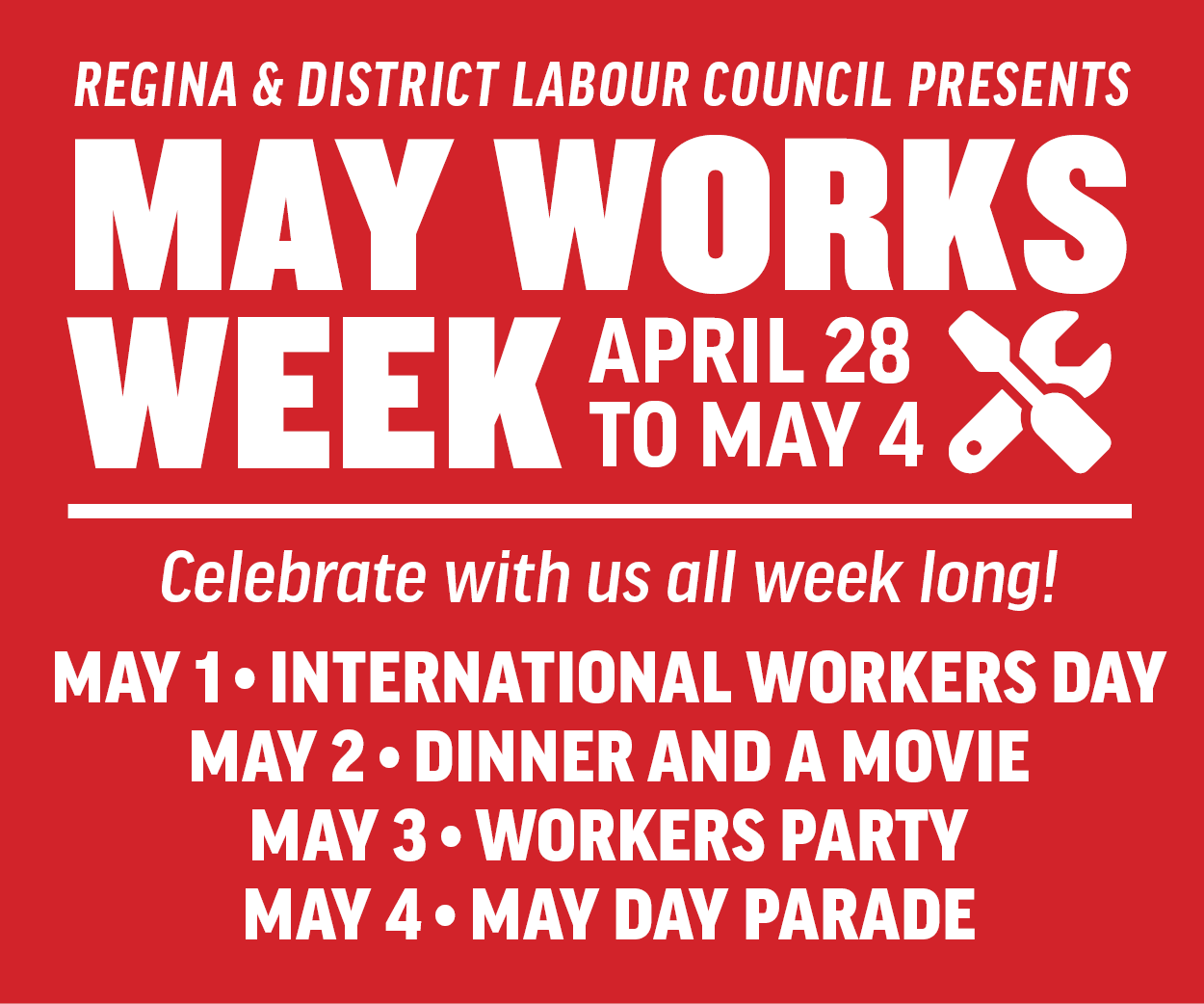After years of consultation and labour, the Transportation Master Plan goes before council tonight. I haven’t kept it a secret that I have some issues with how long it’s taken for admin to get us to this point and with how thin on specifics the final document is.
In fact, my misgivings run so deep it’d be hard for me to cover all the red flags I see in the TMP. Instead, I’m going to focus on one section concerning parking policies where all my concerns reside, in microcosm:
 Note how this section says all the right things: If we want neighbourhoods and businesses to thrive we need adequate car parking; but, if that parking is too cheap or too plentiful, then it will undermine efforts to build healthier transportation infrastructure like public transit, cycling and walking networks.
Note how this section says all the right things: If we want neighbourhoods and businesses to thrive we need adequate car parking; but, if that parking is too cheap or too plentiful, then it will undermine efforts to build healthier transportation infrastructure like public transit, cycling and walking networks.
All of that is true.
However, beyond making those obvious observations, this section doesn’t actually do anything. It includes a list called “Policies and Recommended Actions” but there are no real policies in here and if you thought “action” might translate as “actual projects,” there are none of those either. Instead what we get is: review, examine, review, review, resource, pursue, examine, study, encourage.
In other words, this section of the TMP isn’t defining parking policies or actions that can be implemented in the city, it’s proposing seven more parking-related studies, give or take.
Or, I suppose you could bundle all those together, and turn them into one comprehensive parking plan. But considering the TMP took five years to get from conception to council, exactly how long will a comprehensive parking plan take? Another five?
And what about the rest of the TMP? This parking section is only goal number nine — and it includes seven-plus recommended areas of study. The Transportation Master Plan is broken up into 33 different goals, each with its own list of things to review, examine, research, study, ponder, consider, appraise, meditate upon, mull over and daydream about.
That’s a staggering amount of farting around with a clipboard that’ll have to be completed before anything in the TMP can even be considered for implementation.
Sure, we’re told, the TMP has a 25-year timeline. But it took us one fifth of that time just to get to the point where we’ll let council look at it. How will 25 years ever be enough to implement this 33-part vision? Because on it’s face, all the TMP does is lay out the next quarter century of plans and studies. It doesn’t actually lock us into doing anything.
I mean, look at the table of contents…
 The vision statements and goals take up pages 15 to 61. Implementation is only pages 62 to 69. That’s 46 pages of goals — most of which require multiple new studies — versus just seven pages spent contemplating the actual implementation of that vision. Even if I’m charitable and add in all that could be considered action items in the appendices — the maps and road network improvements — that’s only another 17 pages that can be counted as implementation. Just 24 pages in total.
The vision statements and goals take up pages 15 to 61. Implementation is only pages 62 to 69. That’s 46 pages of goals — most of which require multiple new studies — versus just seven pages spent contemplating the actual implementation of that vision. Even if I’m charitable and add in all that could be considered action items in the appendices — the maps and road network improvements — that’s only another 17 pages that can be counted as implementation. Just 24 pages in total.
Incidentally, hiding in the TMP appendices is a Complete Streets Framework which sounds great…

I’d include it in those 24 pages of implementation except it isn’t really a framework at all. Rather, it’s a proposal to develop a framework. In other words, something else we can study, plan and examine before hiring a Toronto consultant to put a “Made-In-Regina Solution” stamp on the cover.
Seriously, all those things in item 2) of the Complete Streets “Next Steps” are what I thought the TMP was supposed to be doing.
Thing is, the city’s been working on the Transportation Master Plan since at least 2012. Why weren’t these reviews and studies done as part of that work?
What’s more, the TMP we’re looking at today is, in substance, identical to the TMP that administration brought forward back in 2015. (I know because I did a side-by-side comparison.)
What are we supposed to make of the two years since council first looked at the TMP and sent it back for refinements? As far as I can tell, all that’s changed are the fonts, the layout, and the writing’s been tightened up — mainly by removing detail and examples. There’s been no obvious progress on the plan in that time.
It really looks like two wasted years.
It’s also worth noting that over the last five years, a few efforts to improve the city’s transportation infrastructure have come forward that have been stalled or postponed because we’ve been waiting on this master plan.¹ Take, for instance, the cycling network: It’s been moldering all this time as admin has told us to hang on because the TMP is coming and it’ll address all our concerns.
All that said, there is a substructure to the TMP that seems solid enough, though, as I hinted above, it’s mainly relegated to the appendices: these are the maps of future bike and road network improvements. And there’s a list of specific roadway and cycling infrastructure projects. Great! But that’s the kind of detail I expected to see from the body of the Transportation Master Plan.
I have to wonder if maybe what’s going on is there’s stuff in the TMP that our council wouldn’t be too keen on if it was spelled out in detail.
For instance, in that parking policy section, there’s a reference to a parking pricing review. Funny thing, there was actually a motion years and years ago that would have examined the feasibility of pegging parking prices to transit fares. But that motion went nowhere. Pity. We could’ve had the proposal in Goal 9, point 2.37 crossed off our list already but, whoops, council isn’t so eager to get these things done when you lay them out all obvious-like.
Also, remember that time council passed the post-secondary bus pass and the attendant bus route expansion? That UPass program was strongly opposed by Councillor Hawkins who said it smacked of “social engineering.” So, the UPass, while it so far seems to be a success, was hardly a slam dunk with city council.
It’s safe to assume then that if the TMP was a laundry list of specific action items and pilot projects, à la the UPass, the council debate on it would be a long mess of edits, deletions and horse-trading.
Still, if the goal of the TMP is to be a vague vision document that can then guide the harder work of designing specific programs in the future, then you’d think, if your organization was really enthusiastic about the goals of that document, you’d want to get it off your desk as quickly as possible so you could get down to the business of turning those ambitious notions into real policy.
Instead, just getting this vision thing to council took half of a decade.²
And there’s no guarantee that it’ll pass tonight.
Look, I get that governments are plodding, inefficient beasts. That’s a feature, not a flaw. They have to balance concerns businesses and households don’t. But I’d be a whole lot more sympathetic for how long this process is taking if the spirit of the TMP — it’s key goals and agenda — didn’t already exist in the new Official Community Plan. And in the Transit Investment Plan. And the Downtown Neighbourhood Plan. And in the Core Neighbourhood Sustainability Action Plan.
We’ve done all this before. We’ve put in days and months and years worth of broad public consultations that admin has then distilled down into the same list of platitudes about the need for sustainable growth and multi-modal transportation options. How many more do we need before we see some action we can be proud of?
We’ve been putting in the kind of work you’d think would get us somewhere. But Regina’s just spinning its wheels.
And that’s too bad. At their heart, the TMP, the OCP, the TIP, DNP & CNSAP are all progressive, transformative plans. They contain the potential to make Regina a really awesome place to live.
I’m just worried I’ll be dead long before anything in them gets implemented.
FOOTNOTE
¹ I’d argue, putting off action while we wait for plans to be completed is a chronic problem at city hall. We currently have a really modest infill target for the city: 30 percent of new development is supposed to be infill while 70 percent should be greenfield. We’ve never once hit that 30 percent target since setting it. And when administration is challenged on this, they say they’re working on an “Infill Policy” that should be available… eventually. Next quarter. I’m sure.
² My son is six. Do you know how much he’s accomplished in the last five years? Way more than the TMP. Imagine if, for his sixth birthday party, my kid had presented us with an Age Six Action Plan that included “Review potty policy and examine feasibility of ending future diaper usage,” “Dedicate more resources towards own-name writing,” “Develop cost/benefit analysis of speaking in sentences” and “Pursue changes to naptime allocation.”
If he had, he’d at once appear super-precocious while at the same time being functionally way behind his peers.
We’d be like, “We think it’s laudable that you’re considering a Potty Use Policy. But you realize all the kids in your class were able to switch to exclusive potty use three years ago without first having to develop a ‘Made-In-Our-House Potty Solution’?
“Also, don’t you think the consultant fees you’re budgeting for are a little steep?”




